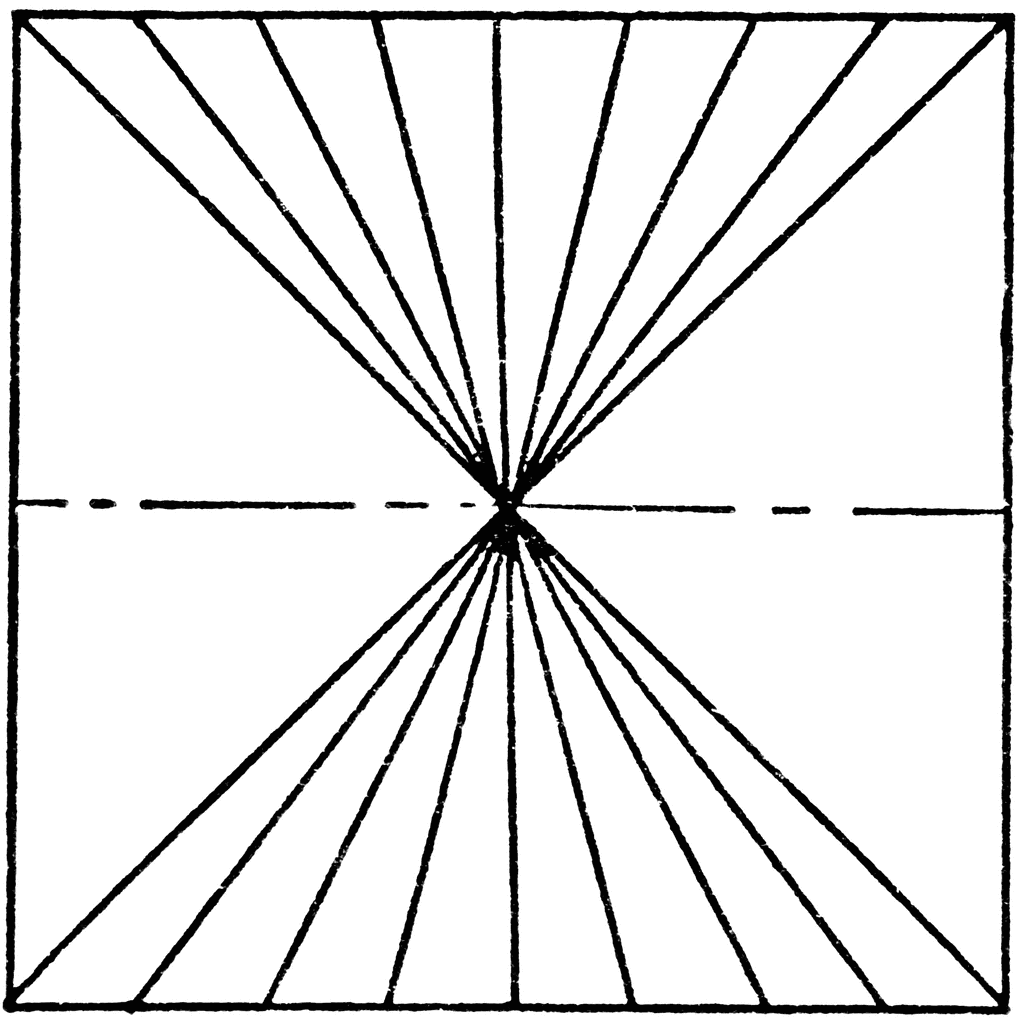Vanishing Point:
An Architect’s Journey
A Production of Wandering Eye Studios, LLC
Synopsis
Vanishing Point is a feature-length documentary about the life, work, and mysterious disappearance of architect Norman Jaffe—an artistic visionary who sought transcendence through design and vanished into the sea off the Hamptons in 1993.
Jaffe (1932-1993) was known for his sculptural homes, intense charisma, and devotion to architecture as a spiritual art form. But behind the movie-star looks and celebrity commissions was a restless, often tormented soul. On August 19, 1993, Jaffe went for a morning swim and never returned.
Structured as a cinematic investigation, the film interweaves interviews, site visits, archival footage, and Jaffe’s own writings to explore the complex psyche behind his award-winning designs. His widow, sons, colleagues, clients, a former lover, and even a detective who worked on the case contribute to a layered portrait of a man driven by beauty, haunted by perfectionism, and ultimately consumed by his own success.
Born into poverty in 1932, Jaffe overcame early hardship to become one of the most recognizable names in American architecture, particularly in New York and the Hamptons. His work fused natural materials with theatrical forms, channeling influences from Frank Lloyd Wright to Kabuki theater. He rejected digital tools and preferred to draw by hand, seeing architecture not as a profession, but as a sacred calling. “I’m dealing in dreams,” he once said—and his buildings evoke precisely that: luminous interiors, hovering planes, and a tension between the grounded structure and the sky. “You must hug the earth and embrace the sky,” he said.
But his artistry came at a cost. Clients were often frustrated by Jaffe’s refusal to finalize designs, his habit of making post-construction changes, and his overreach into their private lives. He was once arrested after destroying a TV antenna he found aesthetically offensive; another time, and without permission, he removed a diving board that was out of harmony with his plans. As he grew older, Jaffe turned away from high-end commissions and toward religious and philanthropic projects—synagogues, hospitals, orphanages—many of them done pro bono. He began to see architecture less as a profession and more as a passageway to hidden truths. He studied sacred geometry, alchemy, the Kabbalah and made several pilgrimages to India.
The title Vanishing Point carries multiple meanings. In architectural drawing, it is the single point where perspective lines converge—an illusion of depth and finality. For Jaffe, it symbolizes the moment when his inner life, personal contradictions, and creative obsessions culminated in his unexplained disappearance. On that final day, he parked his car, walked to the beach, dove into the Atlantic, and swam toward the horizon. He was never seen again. No body was recovered. Theories swirled: accidental drowning, suicide, or perhaps a staged vanishing. The film does not attempt to solve the mystery but allows it to linger in the mind of the viewer, much like the feeling one gets when walking through one of Jaffe’s dream-like structures.
Set against the transformation of the Hamptons from rustic retreat to luxury playground, Vanishing Point is more than a biographical film. It is a meditation on the intersection of art and ego, the cost of vision, and the ephemeral nature of creation itself.


